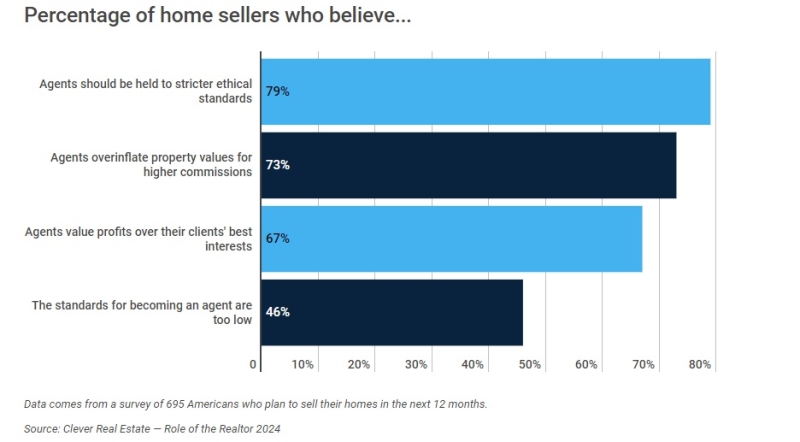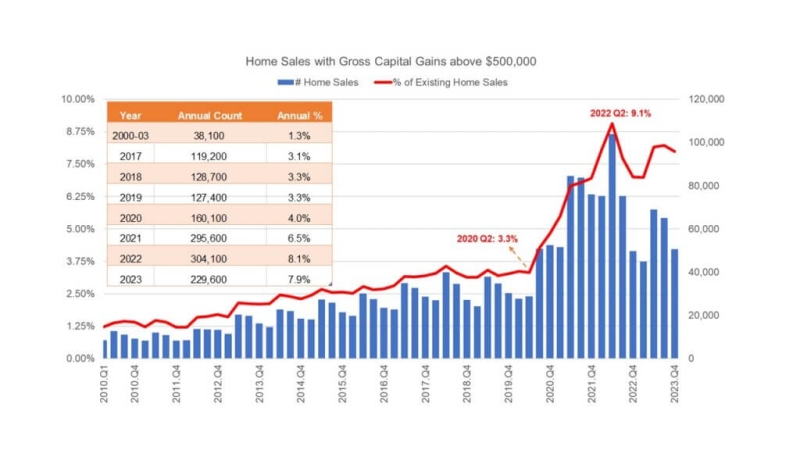FDIC-Insured Institutions Earned $36.9 Billion in Q4

Commercial banks and savings institutions insured by the Federal Deposit Insurance Corporation (FDIC) reported aggregate net income of $36.9 billion in the fourth quarter of 2014, down $2.9 billion (7.3 percent) from earnings of $39.8 billion that the industry reported a year earlier. The decline in earnings was mainly attributable to a $4.4 billion increase in litigation expenses at a few large banks. More than half of the 6,509 insured institutions reporting (61.2 percent) had year-over-year growth in quarterly earnings. The proportion of banks that were unprofitable during the fourth quarter fell to 9.4 percent from 12.7 percent a year earlier.
"The banking industry continued to improve at the end of the year," FDIC Chairman Martin J. Gruenberg said. "Although total industry earnings declined as a result of significant litigation expenses at a few large institutions and a continued decline in mortgage-related income, a majority of banks reported higher operating revenues and improved earnings from the previous year. In addition, banks made loans at a faster pace, asset quality improved, and the number of banks on the 'Problem List' declined to the lowest level in six years. Community banks performed especially well during the quarter. Their earnings were up 28 percent from the previous year, their net interest margin and rate of loan growth were appreciably higher than the industry, and they increased their small loans to businesses."
Community banks earned $4.8 billion during the quarter. Based on criteria developed for the FDIC Community Banking Study published in December 2012, there were 6,037 community banks (92.7 percent of all FDIC-insured institutions) in the fourth quarter of 2014 with assets of $2.1 trillion (13.3 percent of industry assets). Fourth quarter net income of $4.8 billion at community banks was up $1.0 billion (27.7 percent) from a year earlier, driven by higher net interest income, increased noninterest income, and lower loan-loss provisions. Community banks' net income, net interest income, noninterest income, and loan balances all grew at a faster pace than the industry as a whole. Asset quality indicators showed further improvement, and community banks continued to hold 45 percent of small loans to businesses.
For the industry as a whole, loan and lease balances rose $149.4 billion (1.8 percent) in the fourth quarter to $8.3 trillion. Commercial and industrial loans increased by $42.2 billion (2.5 percent), and credit card balances grew by $35.4 billion (5.2 percent). Over the past 12 months, loan and lease balances increased 5.3 percent. This is the highest 12-month growth rate for loans since mid-year 2008.
Net interest income was $1.1 billion (1 percent) higher than a year ago, as the industry's interest-bearing assets increased 6.2 percent in 2014. Almost three out of four institutions (70.5 percent) reported higher net interest income than in the fourth quarter of 2013. The average net interest margin (the difference between the average yield banks earn on loans and other investments and the average cost of funding those investments) was 3.12 percent, down from the 3.27 average in the fourth quarter of 2013. This is the lowest quarterly average margin since the 3.11 percent reported in the third quarter of 1989, as larger institutions continued to increase their holdings of low-yield, liquid investments.
Noninterest income was down $160 million (0.3 percent) from a year ago, as income from the sale, securitization, and servicing of residential mortgages declined $1.6 billion (30.8 percent). More than half of all banks (54.4 percent) reported year-over-year increases in quarterly noninterest income.
Noninterest expenses were $4.9 billion (4.8 percent) higher than a year ago, as itemized litigation expenses at a few of the largest banks were $4.4 billion higher. Banks set aside $8.2 billion in provisions for loan losses, up 12 percent from $7.3 billion a year earlier. This is the second consecutive quarter that the industry has reported a year-over-year increase in loss provisions.
Asset quality indicators continued to improve as insured banks and thrifts charged off $9.9 billion in uncollectible loans during the quarter, down $2.2 billion (18.3 percent) from a year earlier. The amount of noncurrent loans and leases (those 90 days or more past due or in nonaccrual status) fell $9.2 billion (5.4 percent) during the fourth quarter. The percentage of loans and leases that were noncurrent declined to 1.96 percent, the lowest level since the 1.73 percent posted at the end of the first quarter of 2008.
The average return on assets (ROA) fell to 0.96 percent in the fourth quarter from 1.09 percent a year earlier. The average return on equity (ROE) declined from 9.76 percent to 8.56 percent.
"The current operating environment remains challenging. Revenue growth continues to be held back by narrow interest margins and lower mortgage-related income," said Gruenberg. "And, many institutions are reaching for yield given the low interest-rate environment, which is a matter of ongoing supervisory attention. Nevertheless, results from the fourth quarter generally were positive for the banking industry, and for community banks in particular."





